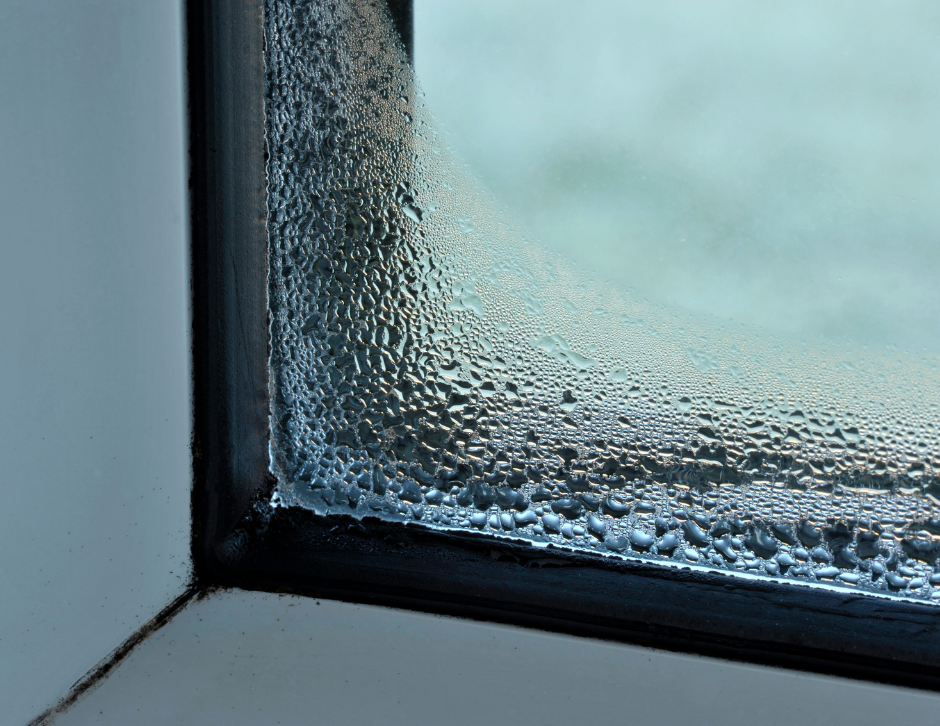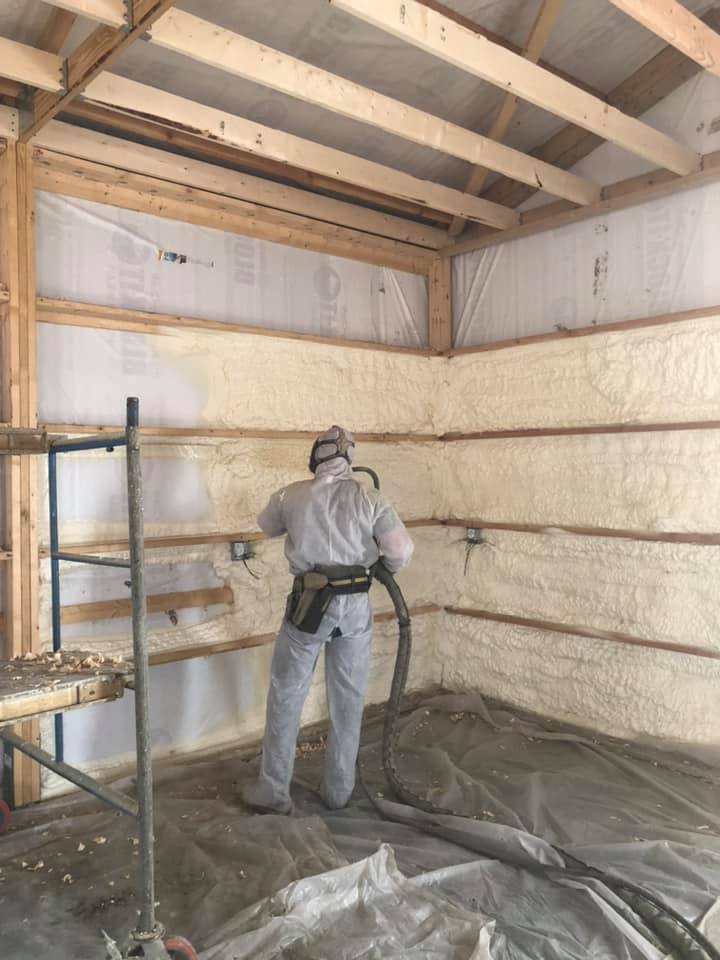by AdvancedSeal
Share
by AdvancedSeal
Share

What the 2018 IECC Means for Your Barndo Project
If you’re building a new home, barndominium, or finishing an addition in Indiana, it’s crucial to understand the energy code requirements that impact insulation and spray foam. Since December 26, 2019, Indiana has adopted the 2018 International Energy Conservation Code (IECC) for residential construction. This change is especially important for barndominium builders who need cost-effective climate control, energy efficiency and fast inspection approvals.
The new code raises the bar for wall and attic insulation performance. In Climate Zone 4 (Southern Indiana), wall insulation requirements increased from R‑13 to R‑15, while attics now require at least R‑38, with recommendations pushing toward R‑49 for maximum efficiency. In Climate Zone 5 (most of the state), code now calls for R‑20 or R‑13 plus R‑5 continuous insulation on above-grade walls, with attic minimums also set at R‑49. This shift means many traditional insulation approaches no longer make the cut. Spray foam and hybrid assemblies have become the new standard for achieving both R-value and air-sealing.
A major change under the 2018 IECC is the emphasis on Grade I installation. Insulation, whether spray foam or batt, must be installed with full contact and no gaps or compression. Why does this matter? Inspectors are required to visually confirm that your insulation meets Grade I standards to pass the new air-barrier and thermal performance benchmarks. Subpar installation won’t just affect comfort and utility bills; it could delay your project or even require costly do-overs.
Why Grade I Installation Matters
Grade I installation isn’t just a code term; it’s your assurance that your building envelope performs as designed. In Indiana, builders now have to demonstrate an air-leakage rate of 3–5 ACH50 (air changes per hour at 50 Pascals), depending on your county’s climate zone. If you’re building a barndo with large open interiors or exposed steel, hitting these targets can be a challenge. Spray foam insulation is one of the best solutions for passing blower door tests and ensuring code compliance, thanks to its ability to fill every cavity, seal cracks, and stop air movement at the source.
It’s not enough just to fill the wall. The code now requires continuous air barriers, properly sealed around all penetrations: outlets, windows, HVAC lines and attic hatches. Poor air sealing means failing your blower door test, leading to more labor, inspection delays, or expensive upgrades. By choosing professional spray foam installation, you get both high R-values and a continuous air barrier in one step.
For barndominium owners, these updates are especially relevant. Barndos often feature metal framing, unique layouts and large unconditioned spaces. These structures require a tailored approach to insulation that considers thermal bridging and potential air leaks. Closed-cell spray foam not only exceeds R‑value code minimums but also acts as a vapor retarder, a must-have in Indiana’s humid continental climate.
Building inspectors in Indiana are enforcing these rules stringently, especially with the growing popularity of alternative construction types like barndominiums. Make sure your spray foam contractor provides documentation showing the installed thickness and R-value of the foam, and that they follow all manufacturer instructions and labeling requirements.
Want more details on R-values, foam types, and Indiana code? Check out this helpful Energy.gov guide on insulation types.
Two additional ways to learn how professional spray foam keeps your Indiana barndo code-compliant:
- Explore tips for Pole Barn Insulation in Indiana
Ready to bring your project up to code with the highest quality insulation in your new barndominium, home or addition? Our team at Advanced Seal Indiana provides expert spray foam solutions designed to pass inspections and deliver long-term savings. Contact us now for a free consultation in Carmel, Rossville and across Central Indiana.
STAY IN THE LOOP
Subscribe to our free newsletter.
Discoloration and Dark Patches Insulation that looks uneven in color […]
Uneven Indoor Temperatures If one room is freezing while another […]
Indiana’s changing weather means homes face humidity, condensation, and temperature […]




